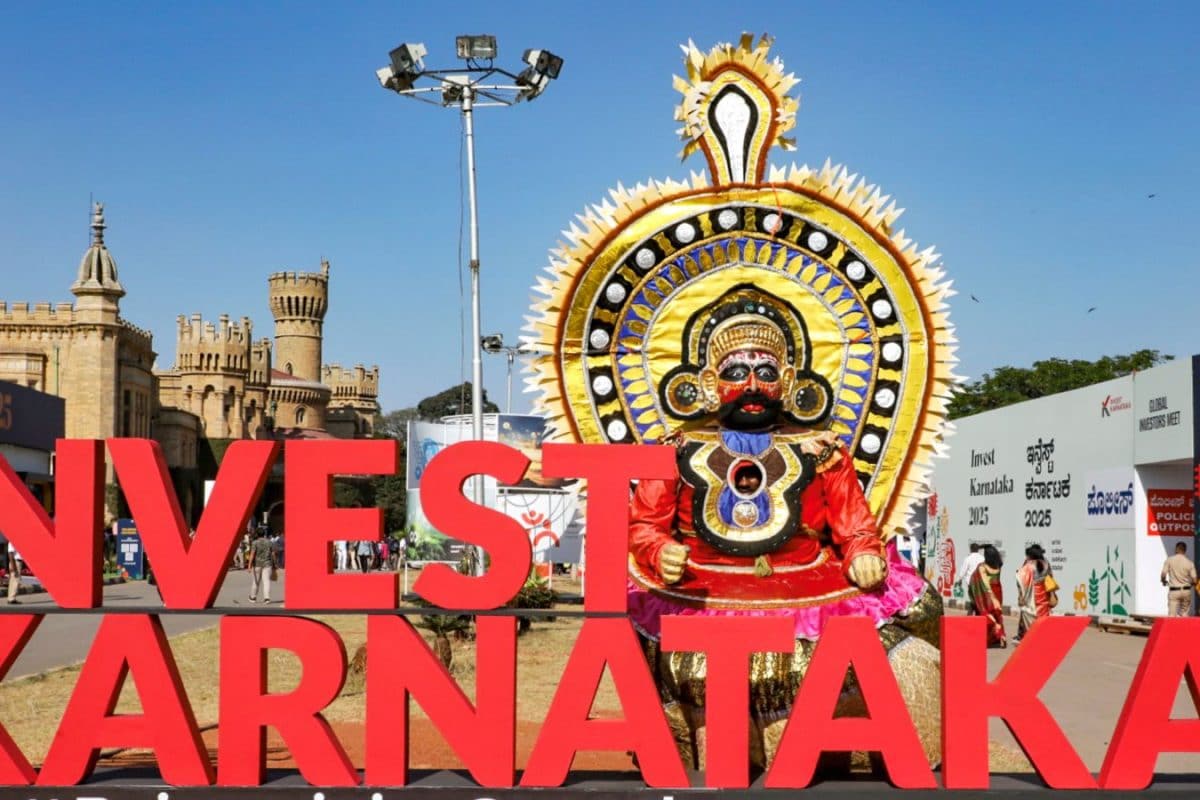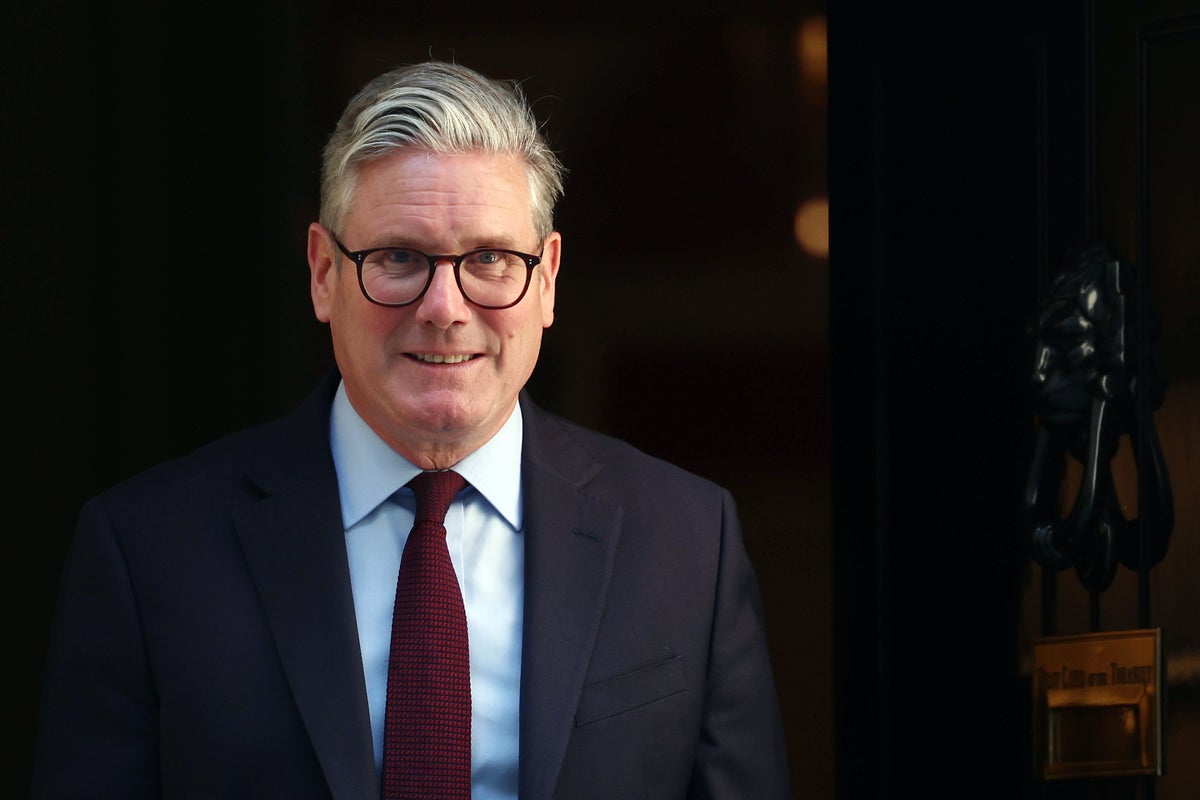When polls open on Saturday, attention will finally switch from campaigning politicians to voters spread across Australia’s 150 diverse electorates. The most obvious way those federal seats differ is by size. Largest is the electorate of Durak in northern Western Australia at 1,410,947 square kilometres or about 56 per cent of that state.
A man votes at The Annaburroo Bark Hut on the Arnhem Highway in the Northern Territory seat of Lingiari, one of Australia’s largest. Credit: Glenn Campbell It heads a list of half a dozen vast outback electorates including Lingiari (which takes in most of the Northern Territory), O’Connor (eastern and southern WA), Grey (most of South Australia), Maranoa (western Queensland) and Kennedy (northern Queensland). Durak is about 45,000 times the area of Australia’s smallest electorate of Wentworth in Sydney’s densely populated eastern suburbs (31 square kilometres).

Second smallest is Grayndler, in Sydney’s inner west, held by Prime Minister Anthony Albanese (34 square kilometres) and third is the inner Melbourne seat of Macnamara (38 square kilometres). There are many other ways Australia’s 150 electorates vary. Here are some of them.
Age There are striking variations in the age profiles of electorates. In Greenway, in Sydney’s fast-growing north-western suburbs, more than half of enrolled voters are aged under 45 years and only 9 per cent are aged over 70. It is a similar story in Holt in Melbourne’s south-east (54 per cent aged under 45 and 10 per cent over 70) and Calwell in Melbourne’s north (53 per cent under 45 and 10 per cent over 70).
But in a swag of regional electorates, more than a quarter of the electorate is aged 70-plus. This includes the NSW North Coast seat of Lyne (28.5 per cent over 70 years), the Queensland coastal seat of Hinkler (27.
5 per cent) and Gilmore on the NSW South Coast (27.1 per cent). In Lyne, Hinkler and Gilmore, fewer than a third of voters are aged under 45.
The number of electorates with a high share of older voters is on the rise. At the 2019 federal poll. only one electorate in Australia had more than 30,000 voters aged 70-plus; by 2022 that had risen to four seats and this year, there will be nine.
Rodney Smith, professor of Australian politics at Sydney University, says the contrasting age profiles of some electorates poses a growing political challenge for major parties as they seek to balance differing political priorities. “To get a majority in the House of Representatives, the major parties have always had to deal with the issue of representing electorates with very different interests,” he said. “In the past, the disjunction between younger voters and older voters was not so pronounced, but now that age factor raises a new dimension of difficulty in electoral contests for those major parties.
” Kathy O’Reeri and Jean O’Reeri at the Kununurra polling station in Western Australia on Wednesday. Credit: Nicole Fagan Nick Parr, honorary professor of demography at Macquarie University, expects age differences between federal electorates to become more pronounced. “You would expect the range of age profiles to grow over time with newly developed urban areas remaining relatively young,” he said.
Just over 18 million people are enrolled to vote on May 3 – about 870,000 more than at the last election. An Australian Electoral Commission spokesman says new migrants made up about 30 per cent of new enrolments in Australia, the vast majority of enrolment growth being younger voters turning 18 and enrolling to vote for the first time. The number of teens on the electoral roll (those aged 18 and 19 years) has jumped from 417,000 at the last election to 493,000 this year.
The AEC said one reason for this increase was a change in 2023 that allowed Medicare cards to be used as proof of ID to enrol. “This removed a significant barrier to entry for younger voters who might previously have had problems enrolling due to not having a driver’s licence or passport,” an AEC spokesman said. Another factor was a boost in enrolments around the time of the Voice referendum in October 2023.
Cultural diversity In many urban seats, voters come from an array of cultural backgrounds while those outside the major cities, especially in sprawling regional electorates, tend to be less multicultural. Parr says this reflects the settlement of overseas migrants, which has been concentrated in capital cities. Comparing the seat of Fowler in south-west Sydney with the giant electorate of Maranoa in western Queensland illustrates this trend.
Census data shows that in Fowler, which takes in the suburbs of Liverpool and Cabramatta, three in every four households speak a language other than English. In Maranoa, that share is only one in every 20 households. Voters cast their ballots in 2022 at Bondi Beach within the seat of Wentworth, Australia’s smallest electorate by area.
Credit: Edwina Pickles For 77 per cent of Fowler’s population both parents were born overseas but in Maranoa that share is just 10 per cent. But in many regional areas the population from a non-English-speaking background is on the rise. “The last census showed an increasing cultural diversity across regional Australia with the spread of migrants into various regional areas,” Parr says.
“So, there may be new or growing ethnic communities that could influence voting patterns.” Gender Women outnumber men in Australia – the latest Bureau of Statistics estimates show that for every 100 females there are 98.6 males.
That gap reflects the longer life expectancy of women. Even so, men are a majority in 12 of Australia’s 150 electorates. Most of them are in regions where a significant share of the population is employed in male-dominated industries, especially mining and agriculture.
In the Queensland electorate of Flynn, which spans inland from Gladstone, there are 2380 (or 4 per cent) more males than females, which is the largest gender gap in favour of men of any electorate. In the giant West Australian electorate of Durak, which includes the iron ore mining hub of Pilbara, there are about 2 per cent more men than women. But seats with male majorities are also found in the heart of our biggest cities.
In the electorate of Sydney, men outnumber women by nearly 6000, while there are 1436 more males enrolled than females in the seat of Melbourne. The largest gender gap favouring women is in the seat of Fisher, north of Brisbane, where there are 7365 more female voters than males. The past two federal elections have been marked by the success of female “teal” independents in affluent electorates previously considered Liberal Party heartland.
Election role data shows most the seats where teal candidates prevailed have a significant female majority, especially Goldstein in Melbourne, held by Zoe Daniel (6489 more women than men), Warringah in Sydney, held by Zali Steggall (4290 more women than men) and Mackellar, held by Sophie Scamps (4130 more women than men). Number of voters per electorate The average number of voters per federal electorate has reached 120,650 – an all-time high. But there are marked variations in the number of voters in seats across the nation.
That’s because the Australian Constitution, adopted in 1901, stipulates that each “original state” must have at least five seats in the House of Representatives. Patterns of population growth since federation mean that electorates in the smallest state, Tasmania, have far fewer voters than the national average . (In 1901, Tasmania accounted for nearly 5 per cent of the national population, but that share has shrunk to about 2 per cent).
The two electorates in the sparsely populated Northern Territory also have fewer voters than the rest of the country. Election roll data shows the seat of Clark in Hobart has the lowest number of voters at 74,315, while the electorate of Lingiari in the Northern Territory has the second lowest at 76,836. The seat with the most enrolled voters – Longman in South East Queensland – will have almost double Clark’s total at 142,021 at the 2025 federal election.
Two other electorates in the same region, Blair and Wright, also have more than 140,000 voters. Cut through the noise of federal politics with news, views and expert analysis. Subscribers can sign up to our weekly Inside Politics newsletter .
.
Politics

The 150 ways Australia’s electorates are wildly different

Australia’s 150 federal electorates will be in the spotlight on Saturday. Here’s how they vary.















